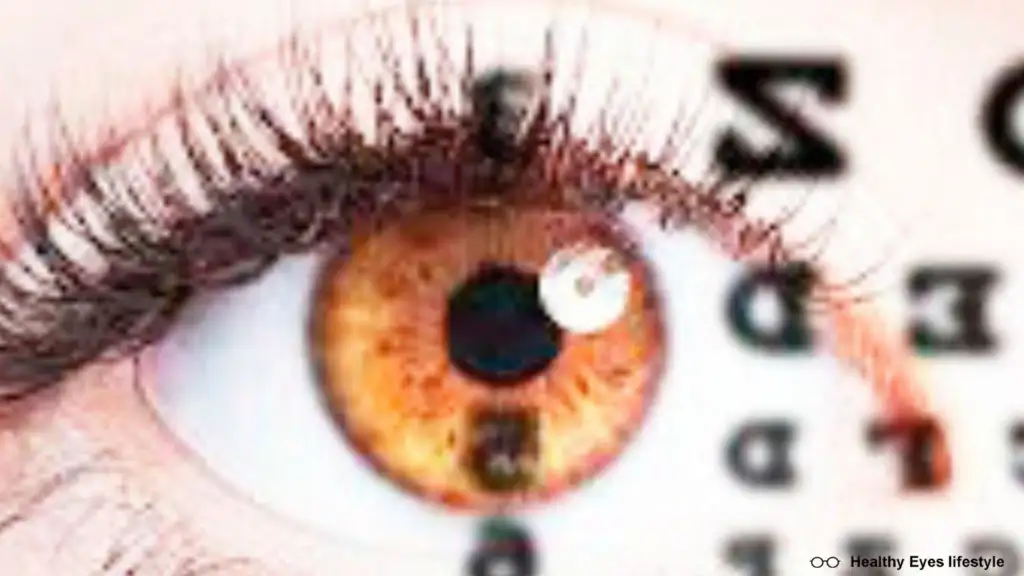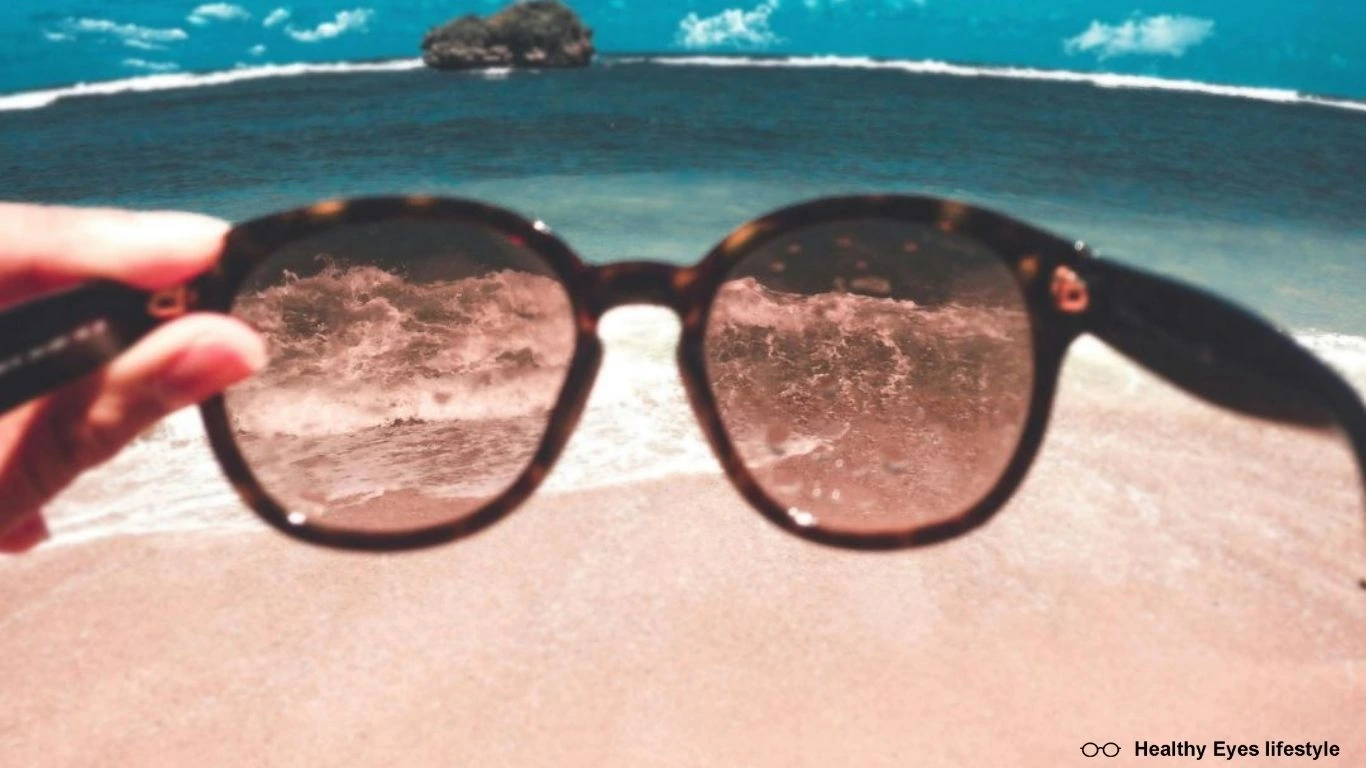Share This Article
Table of Contents
1. Introduction
In today’s world, UV protection is often associated with skincare, but many forget the critical role it plays in protecting the eyes. Prolonged exposure to ultraviolet (UV) radiation can cause significant damage to your eyes, leading to both short-term discomfort and long-term health problems. Just as we use sunscreen to shield our skin from harmful rays, UV protection for the eyes is essential for maintaining long-term visual health. But how exactly does UV radiation affect the eyes, and why is it so important to take precautions?
2. Understanding UV Radiation
UV radiation is a part of the electromagnetic spectrum emitted by the sun. While the ozone layer blocks much of this radiation, some harmful rays still reach the Earth’s surface. UV radiation is categorized into three types:
- UVA: Accounts for 95% of UV rays that reach the Earth. It penetrates deep into the skin and eyes.
- UVB: Mostly absorbed by the ozone layer but some reach the surface. UVB rays are responsible for skin burns and eye damage.
- UVC: Blocked by the ozone layer and does not reach the Earth’s surface.
Exposure to UVA and UVB radiation poses serious risks to eye health, making protection against these rays a necessity.

3. Effects of UV Radiation on Eyes
3.1. Short-Term Effects
Short-term exposure to intense UV radiation can result in immediate eye problems. These include:
- Photokeratitis: Often referred to as “sunburn of the eye,” photokeratitis is a painful condition caused by UV exposure. It results in redness, a gritty feeling, and light sensitivity.
- Conjunctivitis: UV rays can inflame the conjunctiva, the clear membrane covering the white of your eye. This results in discomfort and watery eyes.
3.2. Long-Term Effects
Prolonged exposure to UV rays can lead to severe eye conditions, such as:
- Cataracts: UV radiation contributes to cataract formation, a condition where the lens of the eye becomes cloudy, leading to blurred vision and eventual blindness if untreated.
- Macular Degeneration: This is a leading cause of blindness in older adults and is linked to long-term UV exposure. It damages the retina and affects central vision.
- Pterygium: Also known as “surfer’s eye,” this growth on the cornea can distort vision.
- Skin Cancer around the Eyes: UV radiation can also increase the risk of skin cancer around the eyelids and other sensitive areas near the eyes.
4. The Importance of UV Protection
Given the harmful effects of UV radiation, protecting your eyes from these rays is crucial. Wearing sunglasses or contact lenses with UV protection can greatly reduce the risks associated with UV exposure. People often overlook UV protection for their eyes, yet the consequences of not doing so can be as severe as skin damage. Eye care professionals recommend using appropriate protection when outdoors, even on cloudy days, as UV rays can penetrate through clouds.

5. Types of UV Protection
5.1. Sunglasses
Sunglasses are one of the most popular and effective ways to protect your eyes from UV radiation. Not all sunglasses, however, offer adequate protection. Look for:
- UV400 Protection: This ensures the sunglasses block 100% of both UVA and UVB rays.
- Wraparound Styles: These offer better coverage and prevent UV rays from entering from the sides.
- Polarized Lenses: While polarization reduces glare, it doesn’t necessarily provide UV protection unless labeled as such.
5.2. Contact Lenses
Modern contact lenses also offer UV protection. While they shield your eyes, they don’t cover the skin around them. Thus, they should be worn in conjunction with sunglasses for full protection.
“The sun, though life-giving, hides a silent danger in its rays, leaving unseen marks on those who bask in its warmth.”
“Beneath the brilliance of the sun lies a quiet menace, its invisible touch capable of dimming the world’s most precious gift—sight.”
6. The Right UV Protection
Selecting the right UV protection requires consideration of several factors:
- UV Certification: Always ensure sunglasses have UV400 protection, which blocks harmful UVA and UVB rays.
- Fit and Coverage: Choose eyewear that covers your eyes fully, including wraparound frames.
- Material Quality: Look for lenses made from polycarbonate or other UV-resistant materials.
Children and individuals with light-colored eyes are particularly susceptible to UV damage and should be given special attention when selecting protective eyewear.
7. UV Protection for Different Age Groups
The importance of UV protection applies to everyone, but some age groups are more vulnerable than others.
6.1 Children and UV Exposure
Children’s eyes are more susceptible to UV damage because their lenses are clearer, allowing more UV light to reach the retina. Children spend more time outdoors than adults, further increasing their exposure to harmful UV rays. It’s essential to provide children with sunglasses that offer full UV protection, as early eye damage can increase the risk of developing vision problems later in life.

6.2 Adults and Aging Eyes
As we age, our eyes become more vulnerable to UV radiation. Older adults are at higher risk for conditions like cataracts and macular degeneration, both of which can be exacerbated by prolonged UV exposure. Protecting your eyes from UV rays throughout your life can help preserve your vision as you age.
9. Conclusion
The importance of UV protection for your eyes cannot be overstated. Whether through sunglasses, contact lenses, or a combination of both, safeguarding your eyes from harmful UV radiation should be a priority. Long-term exposure to UV rays can lead to severe eye conditions such as cataracts and macular degeneration, which can impair vision and affect your quality of life. Ensure that you choose appropriate UV-certified eyewear to minimize the risks and maintain eye health.
Remember, protecting your eyes is as important as protecting your skin, and doing so can help prevent both short-term discomfort and long-term vision problems. Make UV protection a daily habit, and your eyes will thank you for it!
FAQS
What are the short-term effects of sun exposure on the eyes?
Short-term exposure to the sun’s UV rays can cause photokeratitis, also known as “sunburn of the eyes.” This condition results in pain, redness, blurry vision, and sensitivity to light. It can also cause conjunctivitis or “pink eye,” where the conjunctiva becomes inflamed and irritated.
What are the long-term effects of sun exposure on the eyes?
Prolonged UV exposure can lead to serious eye conditions such as cataracts, which cloud the eye’s lens, and macular degeneration, which damages the retina and impairs central vision. Both can lead to permanent vision loss if left untreated. UV exposure can also cause pterygium, a growth on the eye’s surface, and increase the risk of skin cancer around the eyes.



